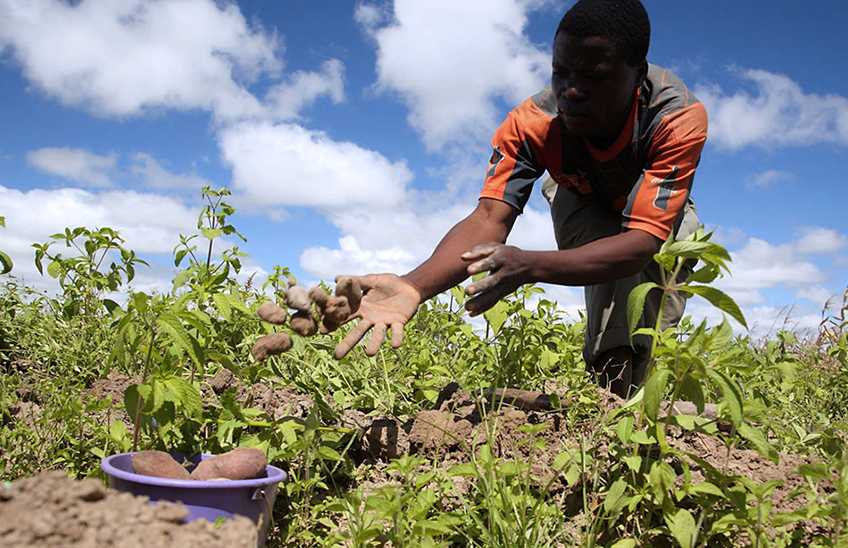The C2D Debt Reduction and Development Contract was born out of the Heavily Indebted Poor Countries (HIPC) initiative, launched at the proposal of France in 1996. In order to extend this dynamic beyond the completion point, France decided in 1999 to create Debt Reduction and Development Contracts. These contracts set by mutual agreement an amount of debt to be repaid by the beneficiary country to France. Each repayment is then returned directly to the country in the form of grants that can be mobilized to improve the living conditions of its populations. C2Ds are therefore team efforts - creditor and debtor - in their fight against poverty.
In this context of cancellation of Cameroon's debt to France, the two countries signed successively in June 2006, July 2011 and June 2016, the 1st C2D, the 2nd and the 3rd C2D. The purpose of this important development tool is to contribute to poverty reduction through the implementation of projects aimed at improving people's living conditions and job creation in accordance with the priorities defined in the Strategic Document for Growth and Employment, DSCE which sets it on the way to emergence in 2035.
The programmes are jointly appraised by the Cameroonian Ministries in the sectors corresponding to the nature of the project, and the French Development Agency (AFD).
AFD also provides support for the execution of programmes and projects as part of supervision missions, as well as technical and administrative monitoring of implementation within the Bilateral Technical Committee (BTC), for which it is responsible.
The Technical Support Secretariat Dedicated to the Execution of the C2D (STADE-C2D), the real linchpin of the C2D, ensures the coordination, administration, overall financial follow-up of the C2D as well as the interface between the various authorities of the Contract.
